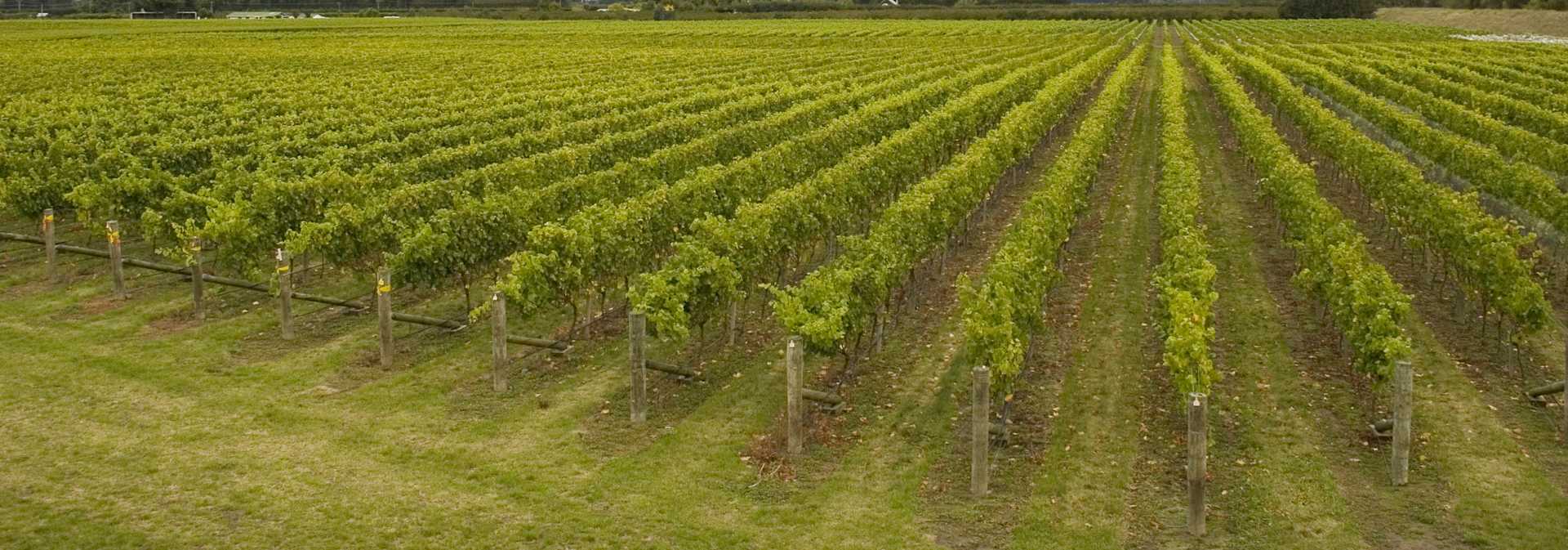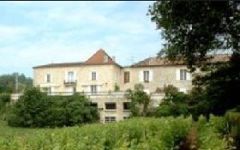Chateau Barde Haut 2019
-
James
Suckling - Decanter
-
Robert
Parker -
Jeb
Dunnuck -
Wine
Spectator



Product Details
Your Rating
Somm Note
Winemaker Notes
Blend: 75% Merlot, 25% Cabernet Franc
The Barrel Sample for this wine is above 14% ABV.
Professional Ratings
-
James Suckling
Attractive black-fruit and berry character with some chocolate and toasted-hazelnut undertones. It’s full-bodied with chewy tannins and a juicy finish. Lots of flavor. Lots of polish. 80% merlot and 20% cabernet franc.
-
Decanter
Classified estate right next to Troplong Mondot, with real emphasis on the salinity of limestone, wrapped in delicious black fruits, soft spices and persistent smoked oak. This is an excellent wine, extremely well put together with clear ageing potential.
Barrel Sample: 94 -
Robert Parker's Wine Advocate
Deep garnet-purple colored, the 2019 Barde-Haut comes skipping out of the glass with bright, cheery black plums, Morello cherries, black raspberries and mulberries scents plus suggestions of dusty soil, cinnamon stick, pencil shavings and lavender. Medium to full-bodied, the palate has wonderful energy, with a lively line of freshness and well-played, rounded tannins, finishing with an invigorating lift.
Barrel Sample: 92-94
-
Jeb Dunnuck
This beautiful estate is located on the eastern side of the appellation, and they consistently turn out brilliant wines. The 2019 Château Barde-Haut reveals a deep purple hue to go with classic limestone-influenced aromas and flavors of ripe black cherries, chalky minerality, chocolate, and white truffle. More medium to full-bodied and elegant than overtly powerful, its balance is spot on, it has beautiful tannins, and a great finish. It shows the vintage style perfectly and will benefit from 4-5 years of bottle age, and cruise for over two decades in cold cellars.
-
Wine Spectator
Juicy and ripe, offering a slightly burly-edged mix of plum, boysenberry and blackberry compote flavors laced with hints of licorice root and alder. Grippy, with adequate energy to the tar-lined finish. Merlot and Cabernet Franc.
Other Vintages
2022-
Jeb
Dunnuck - Vinous
-
James
Suckling -
Robert
Parker
-
James
Suckling -
Robert
Parker -
Jeb
Dunnuck
-
Jeb
Dunnuck -
James
Suckling - Decanter
-
Robert
Parker
-
Jeb
Dunnuck -
Wine
Spectator -
James
Suckling - Decanter
-
Robert
Parker
-
Tasting
Panel -
James
Suckling -
Wine
Spectator -
Robert
Parker -
Jeb
Dunnuck -
Wine
Enthusiast
- Vinous
-
Jeb
Dunnuck -
James
Suckling -
Robert
Parker -
Wine
Spectator - Decanter
-
Jeb
Dunnuck -
James
Suckling -
Wine
Spectator -
Robert
Parker - Decanter
-
James
Suckling -
Wine
Spectator -
Robert
Parker
-
Wine
Spectator -
James
Suckling -
Robert
Parker
-
Wine
Spectator -
James
Suckling -
Robert
Parker
-
Robert
Parker -
Wine
Spectator
-
Wine
Spectator -
James
Suckling
-
Robert
Parker -
Wine
Spectator
-
Wine
Spectator
-
Robert
Parker


There has been significant investment in renovating the cellar so that all work is completely done by gravity to ensure that the precious grapes of the Chateau are well respected. The cellar is equiped with wooden vats, stainless steel tanks and concrete vats of 50 to 70 hl. A strict policy of selection to ensure the quality is undertaken and individual steps including pigeage are all carried out by hand. It is the combination of exceptional soil and the introduction of natural wine producing and winegrowing technologies combining tradition and modernity that have made CHATEAU BARDE-HAUT one of the rising stars of Saint Emilion.
